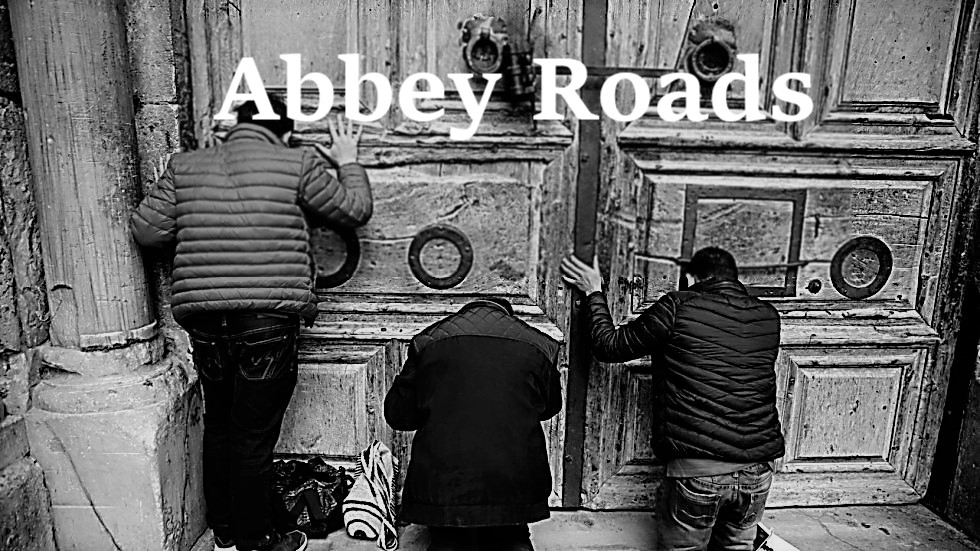Because it falls during Holy Week, the Solemnity is transferred to April 8.
Perhaps today we could piously consider as the Pre-Annunciation. According to the apocryphal Protoevangelion of James, the Blessed Virgin first heard the greeting of the Angel while she was fetching water from the well, frightened, she returned home. The scene is often depicted in iconography depicting scenes from the life of the Virgin.
In the Protoevangelion of James, there is first a “pre-annunciation” scene, in which Mary goes to the well to fetch water. There she hears a voice saying: “Greetings, favoured one. The Lord is with you. Blessed are you among women.” Mary looks around but does not see anyone. Frightened, she goes back inside and, “taking up the purple, she sat down in her house and began to spin.”At the moment when the the Angel of the Annunciation revealed himself, the Virgin is depicted weaving the veil of the Temple - in purple and red - the liturgical colors for Lent and Holy Week.
The angel then appears visually to her, telling her initially not to be afraid: “You have found favour in the sight of the Lord of all.”
The Annunciation story then continues along the same narrative outline found in the Gospels according to Saint Matthew and Saint Luke until the author returns to the story of Mary’s role in weaving the temple veil: “And she finished the purple and the scarlet and took them up to the high priest.” - continue reading here.
This is the Annunciation scene that appears on the “royal doors” of the iconostasis of almost every Orthodox church.
Mary is depicted either standing or sitting, with purple or red skeins falling from her fingers. The threads Mary is holding reveal that she wove the Temple veil that later was rent from top to bottom when Christ died on the cross. Her acceptance of God’s will in this and in all things is represented by her upraised and open hand or, in some cases, by placing her hand upon her heart.
Saint Andrew of Crete, in his Great Canon, sang to her: “As from purple silk, O undefiled Virgin, the spiritual robe of Emmanuel, His flesh, was woven in thy womb. Therefore, we honour thee as Theotokos in very truth.” - ibid



THAT is cool. what is the...."protoevangelion" ?
ReplyDeleteI have often wondered what handiwork Our Lady did. Did she have a loom ? What kind ? Did Joseph build it for her ? Did she grow her own flax for linen ? Did she knit ? Did she have lambs for wool ? and so on....
I knit a lot, every day, and I used to weave. I wonder about things like this.
The protoevangelion is an apocryphal Gospel not part of the canonical Gospels. It is the basis for much of the apocrypha regarding the Birth of Christ and the Blessed Virging Mary, and was the source for iconographers in the East and the West when depicting sacred narrative - for example the frescoes of Giotto on the life of the Virgin in the Scrovegni chapel in Padua, as well as numerous Orthodox icons. Some of the early Fathers reference the work - and Sacred Tradition owes much to it.
ReplyDeleteThanks Terry - I so often wonder about the symbolism of the icons -
ReplyDeletelearn something new every day here.
ReplyDeletei still made my deMontfort re-consecration last night despite the feast being moved.